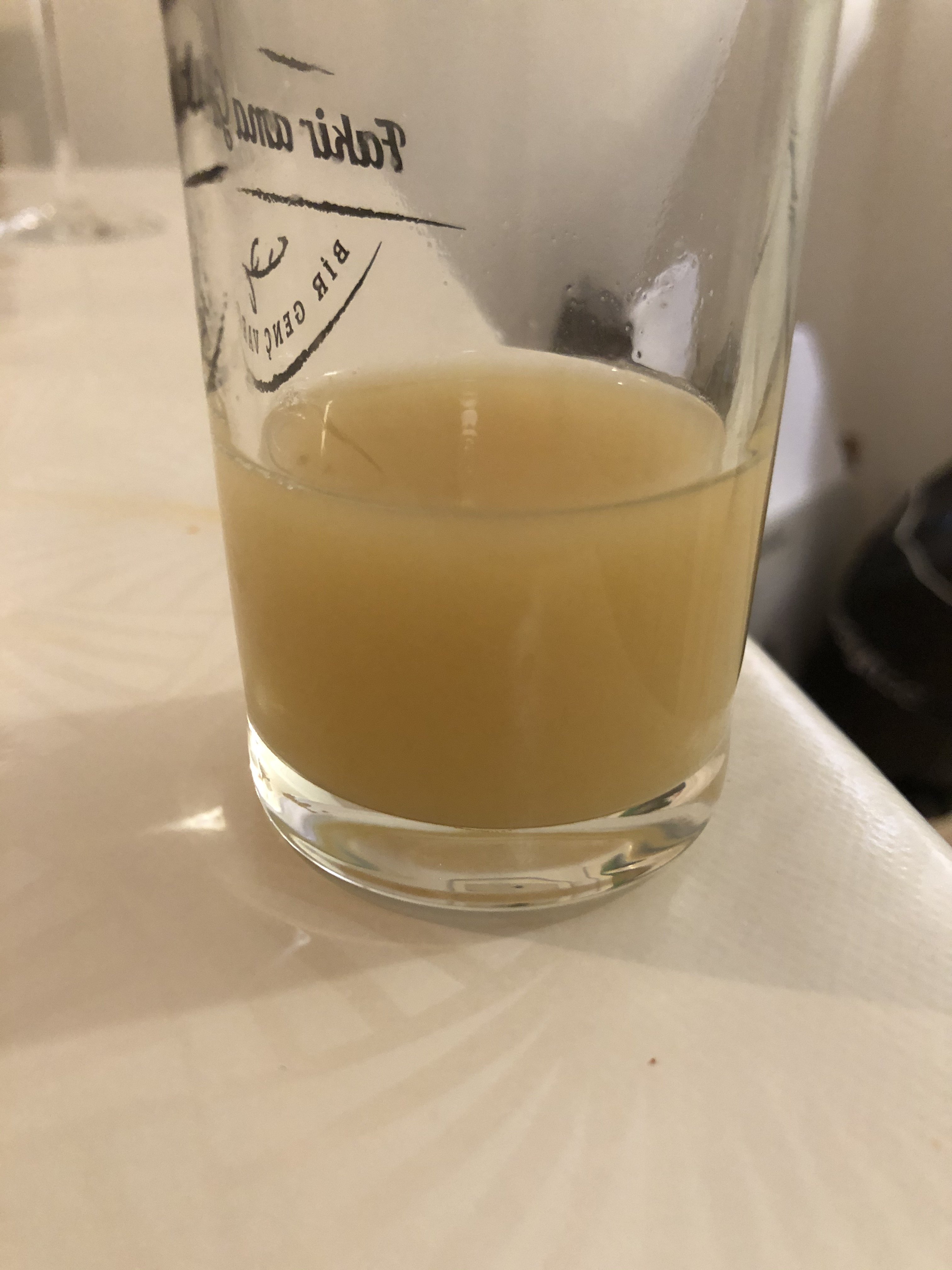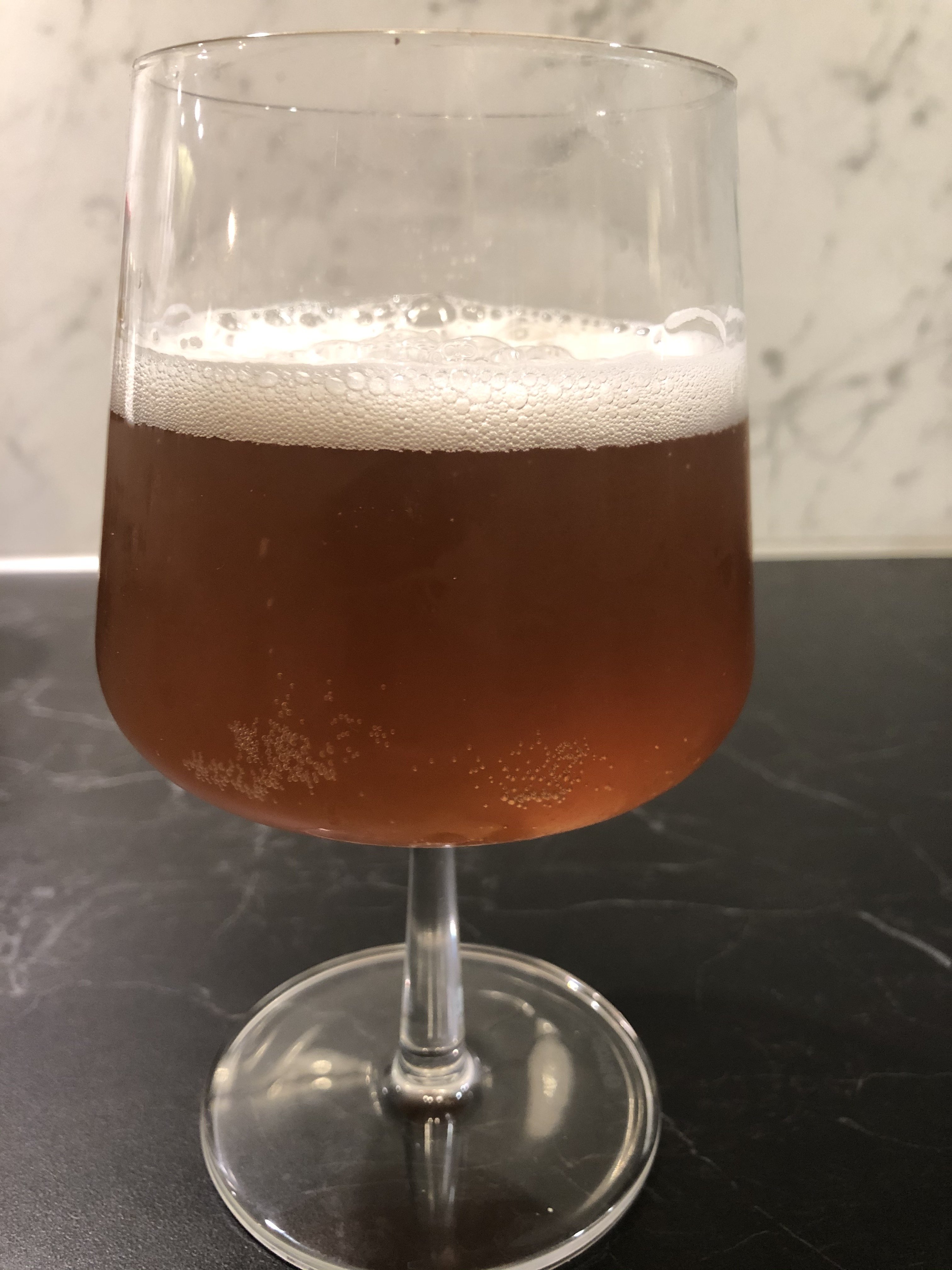SwedishBrew
Member
- Joined
- Oct 7, 2020
- Messages
- 15
- Reaction score
- 2
Dear all brewers!
I have now been brewing beer for a little more than 6 months and I can’t really make it. A few times I had a similar aftertaste that I can’t really explain, but sometimes, it has been fine. Lately my beer had a nice orange color right after fermentation and in the bottle. I usually taste the beer directly and then it tastes really nice and hoppy (I usually make IPA), but after a week it becomes brownish in color and I get a completely different, very skewed taste (Hard to describe, like sour vinegar taste?) similar to the taste I had before but it was not a lot stronger and seems to be worse each day.
Do you think it can be something wrong when bottling, or is it something else? Since it tastes good immediately after fermentation… I usually bottle directly from the fermentation bucket right down into bottles with boiled sugar solution and then cap as soon as possible.
Another question, when you bottle directly from the fermentation bucket, what do you do with the water lock then? It will be suction and the water goes down into the fermentation bucket, but if you remove the water lock, then you expose the beer to air?
Thanks in advance for all the help I can get!
I have now been brewing beer for a little more than 6 months and I can’t really make it. A few times I had a similar aftertaste that I can’t really explain, but sometimes, it has been fine. Lately my beer had a nice orange color right after fermentation and in the bottle. I usually taste the beer directly and then it tastes really nice and hoppy (I usually make IPA), but after a week it becomes brownish in color and I get a completely different, very skewed taste (Hard to describe, like sour vinegar taste?) similar to the taste I had before but it was not a lot stronger and seems to be worse each day.
Do you think it can be something wrong when bottling, or is it something else? Since it tastes good immediately after fermentation… I usually bottle directly from the fermentation bucket right down into bottles with boiled sugar solution and then cap as soon as possible.
Another question, when you bottle directly from the fermentation bucket, what do you do with the water lock then? It will be suction and the water goes down into the fermentation bucket, but if you remove the water lock, then you expose the beer to air?
Thanks in advance for all the help I can get!






